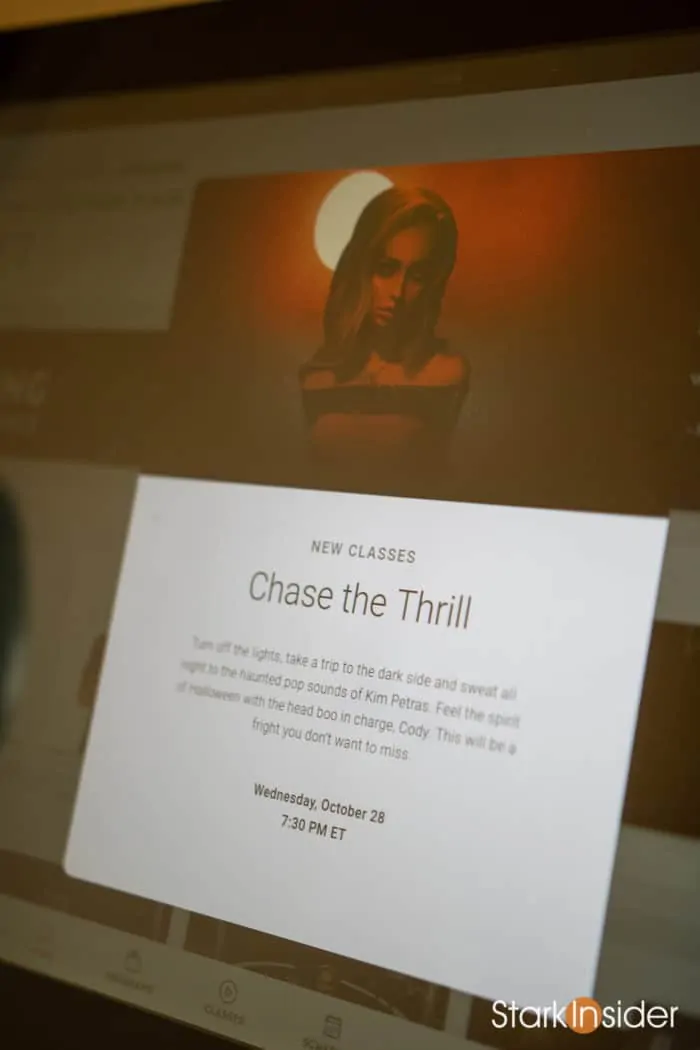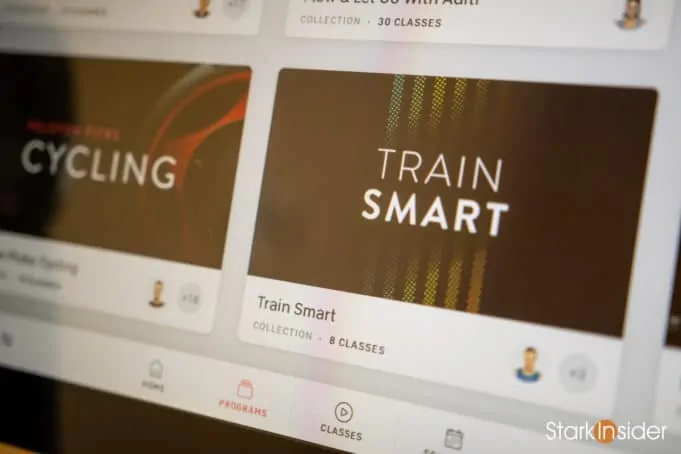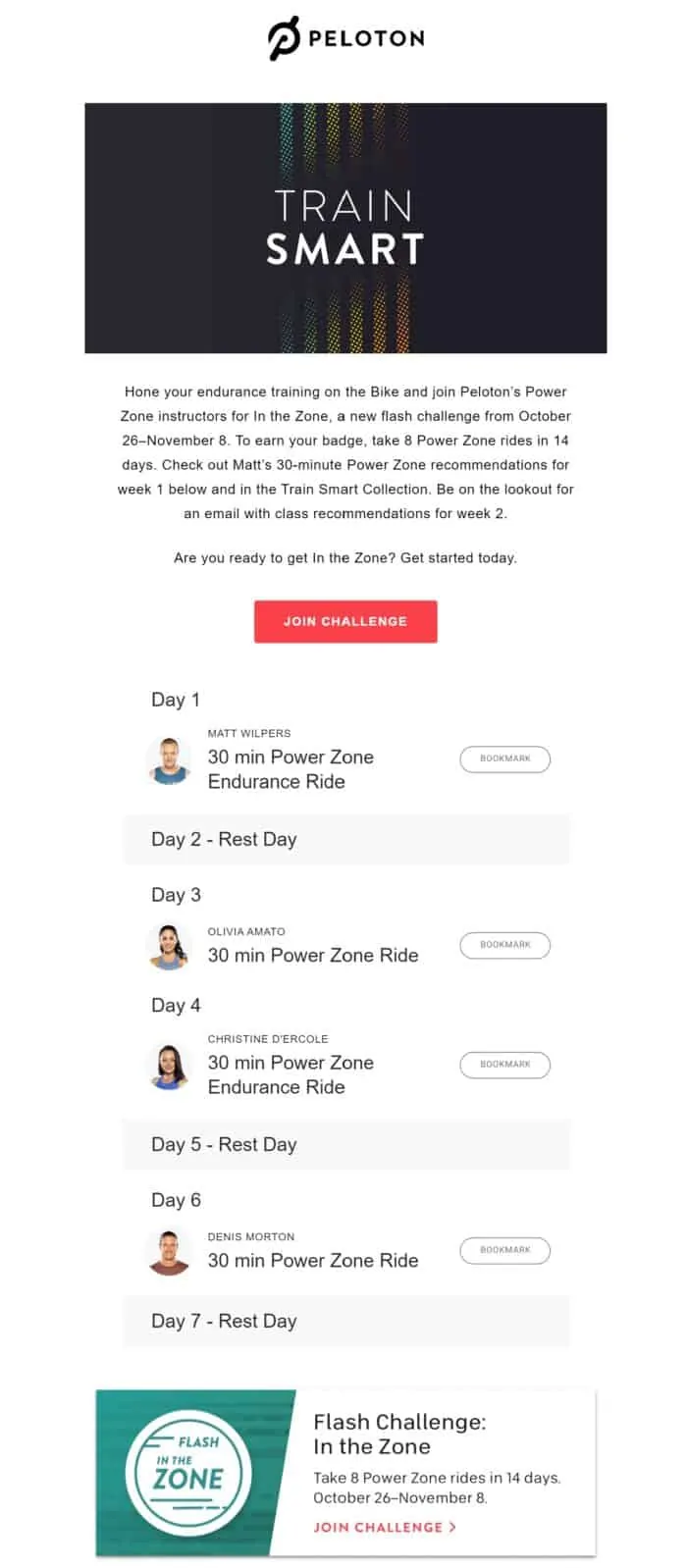Home gyms are a big thing in 2020. Zwift users are building “pain caves” while many of us former gym-goers are looking for simple, in-home ways to remain (somewhat) fit.
While expensive we opted for a pandemic Peloton. By cutting gym membership fees, it turns out the cost of the bike and monthly subscription for the classes is less than our pricey gym here in Silicon Valley. Plus we don’t have to waste extra time driving to and from the facility.
Almost everything has been top notch with the Peloton since we started with the bike back in March (aside from a service call from XPO we’re still waiting to get resolved). There’s plenty of choices when it comes to classes. Because the instructors are uniformly impressive, engagement remains high. And the end result is that we coming back for more, almost every day, and we’ve in fact become more fit than we ever were when we used to go to the old school gym.
Last weekend Peloton emailed users offering a curated two-week class:
Based on something called “Power Zones” the email laid out a plan for week 1: ride on Monday, rest, ride again on Wednesday and Thursday, rest, and finish the week with a final ride and rest on Saturday and Sunday, respectively. Then another email will follow with a plan for week two:

In addition, Peloton has included this as a challenge which you can join, which will in turn earn you a badge (yay to the badge!) when completed.
I think a 2-week, 8-class training program is an excellent idea, and a peek into the future of where home training apps like Peloton — and Apple Health & Fitness, Fitbit, Google Fit, among so many others — may be headed next.
It’s one thing to have a huge catalog of on-demand classes be it cycling, yoga, strength, cardio, stretching, but another to piece them together into cohesive training plans well suited for an individual’s particular needs.
Peloton already offers some curated “Collections” and “Programs” but they’re merely classes that share common themes and while you can follow them through from beginning to end over a set period of time, they feel more random than specifically targeted for a training goal.

I see big opportunity here for fitness and health apps to start offering custom training programs.
For instance, you might enter a desired outcome such as weight loss, or FTP improvement, or heart conditioning, and then specify class types and a training period (week, month, year), and the app would — via fancy machine learning or AI no doubt! — automatically curate your custom training plan.
Further, I see a day when I wouldn’t need to pull up the app (or Peloton Bike screen) and manually dig through to find the right class for that particular day. Rather I’d be automatically reminded by the custom program where I was on my training program, and what was happening today, and then tomorrow and into the coming weeks, etc.
Given the pandemic, people are looking for ways to stay healthy, both mentally and physically, so I see this sort of fitness personalization as a big way to add value. Not only does it help us as customers and users of these various apps and services, but the companies offering them could benefit from an additional way to further increase loyalty and engagement — key metrics to ensuring paying customers remain paying customers.
In any case, Peloton’s two-week curated Power Zone class schedule is, admittedly, a small thing to talk about. But dig into the concept a bit and you can perhaps get a glimpse into the future of the personalized home workout training plan.



